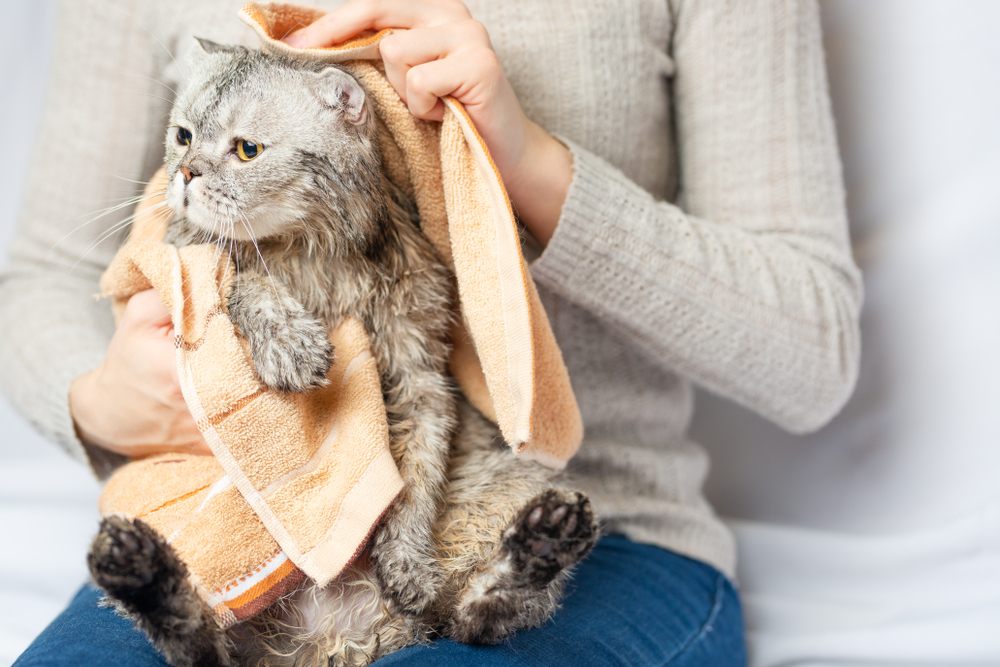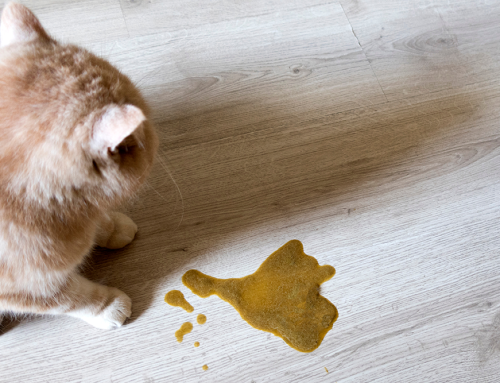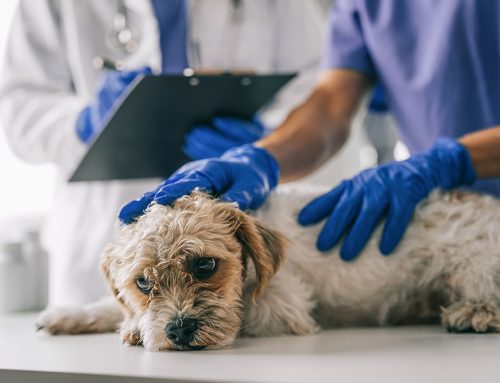Florida’s hot summers are great for beach trips and barbecues, but before you start making plans, take steps to ensure your pet doesn’t overheat. Heatstroke is considered a veterinary emergency, and can cause serious health issues for your pet. When your pet’s temperature rises above the normal range of 101 to 102.5 degrees in response to excessive temperatures or strenuous exercise, the inflammation that results can damage organ systems, including their heart, lungs, brain, kidneys, gastrointestinal tract, and coagulation system. Our team at Wellness Animal Hospital wants to help by offering tips to keep your pet safe in the heat and humidity.
#1: Ensure your pet stays well hydrated
Your pet’s water needs increase in the heat and humidity, and dehydration puts them at higher risk for heatstroke. You can’t force your pet to drink, but you can take steps to ensure they have access to fresh water. Steps include:
- Providing options — Your pet appreciates water source choices. Provide several water bowls throughout your home so they can choose the most appealing source.
- Clean the bowls — Thoroughly wash the bowls and provide fresh water daily.
- Consider a drinking fountain — Some pets will drink more if they have access to running water. If your pet enjoys drinking from the tap, consider getting them a fountain.
- Hydrate on the go — On outings, take water and a portable water bowl, so you can offer your pet frequent drinks.
#2: Never leave your pet in an unattended vehicle
You may be tempted to leave your pet in your car while you run a quick errand, but temperatures inside a parked vehicle can quickly rise to dangerous levels, putting your pet at serious risk. Many pet owners think parking in the shade or leaving the windows cracked will protect their pet, but temperatures can still climb dangerously high. Leave your pet at home if you can’t take them with you at your destinations.
#3: Restrict your pet’s activity
Pets can’t regulate their body temperature as well as humans, because they don’t have sweat glands all over their body. Instead, pets rely on inefficient methods, such as panting, to cool their bodies, making them less heat tolerant. When enjoying the outdoors with your pet on hot, humid days, avoid strenuous exercise, and take frequent breaks in the shade, so they cool down sufficiently. If your pet is especially active, you may need to keep them leashed to ensure they don’t accidentally overheat.
#4: Ensure your pet has access to shade
On hot, humid days, never leave your pet outside unattended for extended periods. When you do leave them outside, ensure they have access to shade. A kiddy pool also provides your hot pet with a nice place to cool off.
#5: Keep your home cool for your pet
Electricity is expensive, and you may be tempted to turn off your air conditioner when you leave for the day. However, on hot, sunny days, your home’s interior can reach dangerous levels for your pet. Draw your shades and keep your air conditioner running to ensure your pet stays comfortable while you are away.
#6: Protect at risk pets
All pets are susceptible to heatstroke, but certain pets are at higher risk. These include:
- Overweight pets — Overweight pets have additional fat that acts as an insulator, putting them at higher risk for overheating.
- Brachycephalic pets — Flat-faced pets, such as pugs, Boston terriers, bulldogs, and Pekingese, have less space in their mouth, and little heat dissipates when they pant, decreasing their ability to effectively regulate their body temperature.
- Senior pets — Senior pets are more sensitive to extreme temperatures, and can’t cool themselves efficiently.
- Young pets — Puppies and kittens are extremely high energy, and cannot regulate their body temperature as well as adult pets.
- Debilitated pets — Pets who are suffering from a medical condition are at increased heatstroke risk.
#7: Know how to respond if your pet overheats

If your pet overheats, their prognosis depends on their temperature level, and how long their temperature is elevated. Know how to react if your pet overheats.
- Know the signs — Heatstroke signs in pets include excessive panting, drooling, lethargy, weakness, red mucous membranes, diarrhea, collapse, and seizures.
- Stop your pet’s activity — If your pet starts to drool or pant excessively while exercising, immediately stop their activity.
- Remove your pet from the heat — Take your pet to a cool, well-ventilated area.
- Offer water — If your pet is conscious, offer them water, but don’t attempt to pour the water in their mouth if they are unresponsive.
- Take your pet’s temperature — If possible, take your pet’s temperature with a rectal thermometer. This will help you monitor their condition, and your veterinarian will use the information.
- Cool your pet — Pour lukewarm water over your pet, or use wet towels to bring their temperature down. Avoid using ice or ice water, which can cause shock.
- Take your pet to the veterinarian — If your pet overheats, they will need veterinary attention. Your pet may seem to recover once you start cooling them, but they should still be evaluated by a veterinarian to ensure no internal damage has occurred.
Pets can easily overheat in the Florida heat, but you can take steps to decrease your pet’s risk. Follow these tips to keep your pet safe this summer, and contact our team at Wellness Animal Hospital if you think your pet is overheating.







Leave A Comment